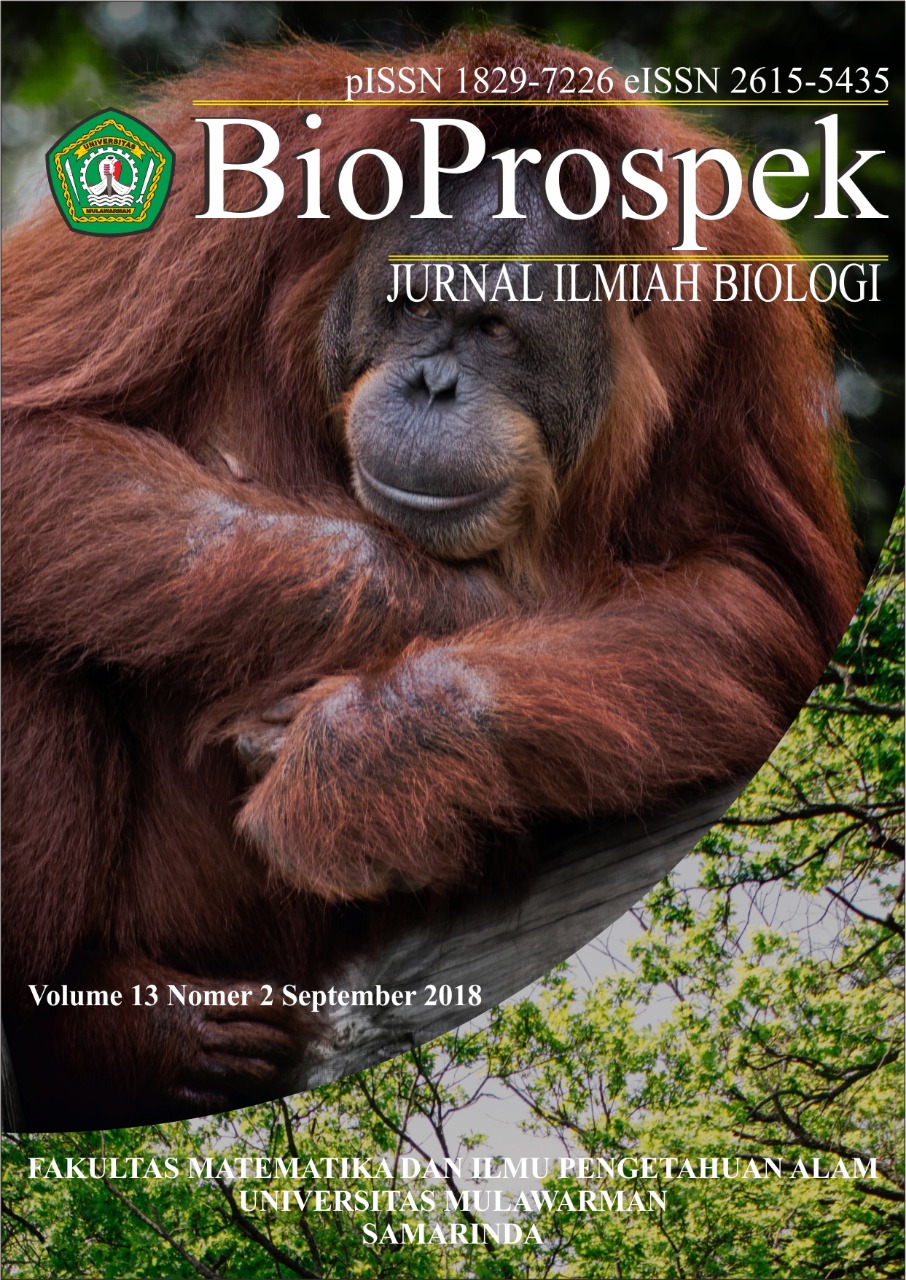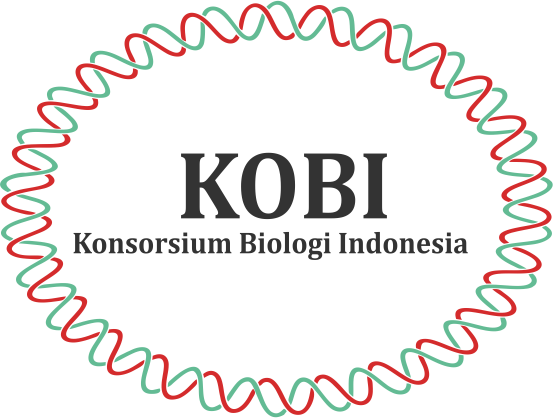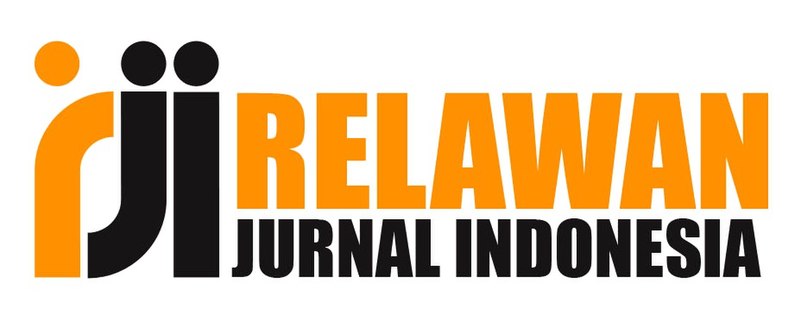Isolasi Dan Identifikasi Molekuler Bakteri Penghasil Antimikroba Pada Saluran Pencernaan Lalat Hijau (Chryzomya megachepala)
DOI:
https://doi.org/10.30872/bp.v13i2.418Keywords:
Chryzomya megachepala, Bakteri penghasil antimikroba, Isolasi, Identifikasi MolekulerAbstract
Flies can transmit about 64 types of pathogenic bacteria, in humans. Genus Musca, Chrysomya and Sarcophaga are genera of flies, where members of the species, many of which live around humans. Various researches that have been carried out by researchers found that a fly that carries a number of diseases, also carries antibiotics that neutralize these diseases. Therefore, flies are never attacked by the disease they carry. The purpose of this study was to determine the types of antimicrobial producing bacteria found in the digestive tract of green flies (C. megachepala) by molecular identification and to determine the antimicrobial activity produced against several test bacteria. This research is a descriptive experimental study with a pure experimental model to determine the species of antimicrobial producing bacteria in the digestive tract of C. megachepala. Digestive tract C. megachepala is isolated on NA (Nutrient Agar) medium. Identification of bacteria using the 16S rRNA gene. Pure isolates obtained are cultured on NB (Nutrient Broth) media. Test antimicrobial activity by diffusion method to use paper disk. One isolate obtained from isolation and molecular identification using the 16S rRNA gene showed that the isolate had a 90% similarity with Bifidobacterium minimum [NR 044692.2]. These isolates can inhibit Pseudomanas aeroginosa, Staphylococcus aureus, Escherichia coli, and Providencia stuartii. The biggest inhibition zone is against P. stuartii.





